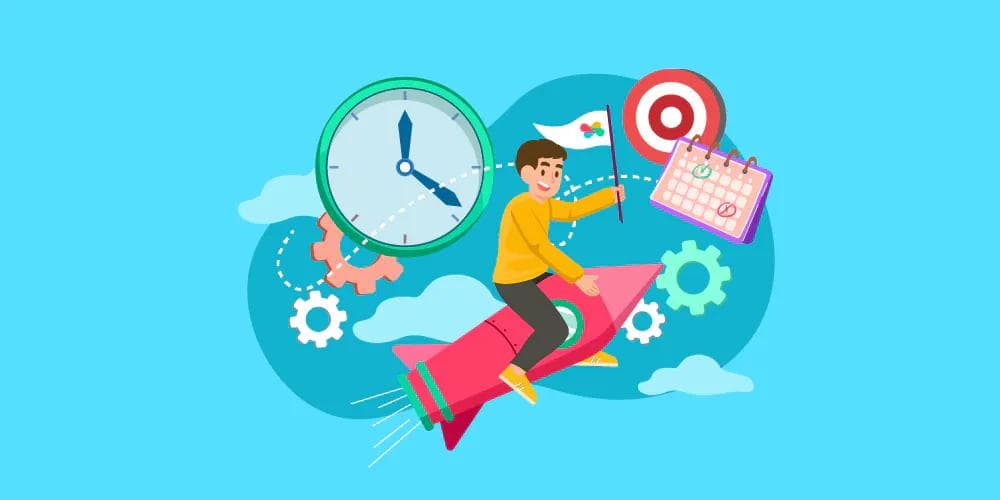In the world of digital marketing, one concept has been gaining traction over the last few years: the inbound marketing funnel. This approach revolves around turning strangers into customers, then promoters of your business. But what exactly is an inbound marketing funnel, and how can it be leveraged to boost your business's growth and success? Buckle up, we're about to explore this exciting journey together!

 Understanding the Inbound Marketing Funnel
Understanding the Inbound Marketing Funnel
An inbound marketing funnel is a strategy that businesses use to turn strangers into promoters of their brand. It follows a systematic process with stages: Attract, Convert, Close, and Delight. The process is continuous, evolving, and is primarily driven by content that resonates with potential customers at each stage.
Attract: Draw the Right Crowd
Just as a bee is drawn to a brightly colored, nectar-rich flower, your potential customers are attracted to engaging, relevant content. From blog posts to social media updates and search engine optimized (SEO) web content, the attract stage's primary goal is to pique the interest of strangers and turn them into website visitors. The key lies in understanding your target audience, their needs, interests, and the problems they're looking to solve.
It's like casting a wide net in the open sea of internet users, but instead of attempting to catch everything, you've carefully chosen your bait to attract a specific type of fish. Quality over quantity is the name of the game here. After all, what's the point of having thousands of visitors if none of them are interested in what you're offering?

To fully understand the importance of attracting the right audience, consider this: have you ever walked into a store, looked around, and walked out because nothing caught your eye? The same thing happens online. If your content isn't relevant to your visitors, they won't stick around for long. So, focus on creating content that resonates with your target audience. For example, if you're in the business of project management, you could provide valuable insights about fast-tracking in project management or how to use Gantt charts. By doing this, you'll ensure your visitors feel seen, understood, and valued, prompting them to dive deeper into the funnel.

Imagine you're trying to sell project management software. Instead of attracting anyone who works in an office, you'd target your content to project managers, team leads, or people who regularly engage in complex tasks and projects, much like the functionalities offered by a platform like Edworking. This tool features like task management and file sharing which can resonate with your target audience, enhancing their productivity in their respective fields.
Making use of Edworking features can streamline task management and communication in your team. With easy document upload and sharing, managing tasks, and video calls integration, you don’t need to jump between different platforms, everything is in one place. Using this approach, you're not only reaching the right people, but you're also providing value by solving their problems with your content, just as you would with your product or service.

Convert: Building Connections
Once you've piqued the interest of your visitors, the next step is to convert them into leads. This process involves providing opportunities for visitors to share their contact information in exchange for additional valuable content or services. Often, this is done through landing pages, forms, and calls-to-action.
In this stage, we are moving away from the wide-open sea and into a more focused approach, like fishing with a rod and line. We're not trying to reach every fish in the sea anymore - we're focusing on the ones that are already showing interest in the bait.
Offering something of value is essential at this stage. This could be an e-book, a free trial, a product demo, a discount code, or even a simple newsletter subscription. The key is that the offering matches the interests of your audience, aligns with your business, and feels like a fair trade for their contact information.

Close: Make the Sale
Once your leads have been nurtured and are ready to make a purchase, it's time to close the deal. The closing stage of the funnel is about leveraging various strategies and tactics to encourage leads to become customers. This could involve sales calls, emails, webinars, or further targeted content.
But remember, closing the deal isn't just about getting a one-time purchase; it's about initiating a lasting relationship. Your customers should feel like they're entering into a partnership that's beneficial to them - not just financially but also in terms of support, service, and value. That's why it's important to ensure you're offering top-notch customer service, from helping them understand how to use your product or service to providing prompt and effective support when they encounter issues.
This is where tools like Edworking come into play. By using a platform that allows for streamlined communication and task management, you can ensure your customers feel supported and valued. As they use your product, they'll realize its benefits, such as how it's easier to manage tasks or collaborate with teams, much like what a feature-rich platform like Edworking provides.
Delight: Beyond the Sale

The journey doesn't end when a customer makes a purchase. In fact, the delight stage is arguably the most critical part of the inbound marketing funnel. It's about continuing to engage, delight, and (ideally) upsell your customers even after they've made a purchase. This includes excellent customer service, engaging content, social media interaction, and more. It's about turning customers into raving fans who can't help but share their positive experiences with others.
The goal is to create an ongoing relationship with your customers, transforming them into promoters who will continue to engage with your brand and advocate for your products or services. This is a powerful form of word-of-mouth marketing, and it can be a fantastic way to attract new customers into your funnel.
Consider using customer stories or testimonials as a way of providing real-world proof of the value of your products or services. For example, showcasing the benefits of implementing meeting management software or effective team dynamics could be a powerful way of demonstrating value to potential customers.

 Conclusion
Conclusion
The inbound marketing funnel is more than just a marketing strategy - it's a philosophy that puts the customer at the center of everything you do. It's about attracting, converting, closing, and delighting customers by providing high-quality content that aligns with their needs and interests. When executed well, it can lead to higher customer satisfaction, loyalty, and ultimately, business growth.
Remember, the most successful businesses aren't just the ones that offer great products or services. They're the ones that understand their customers, provide value, and build meaningful relationships. In the world of inbound marketing, the customer is not just a king but a partner on a shared journey.
Are you ready to start your journey?







